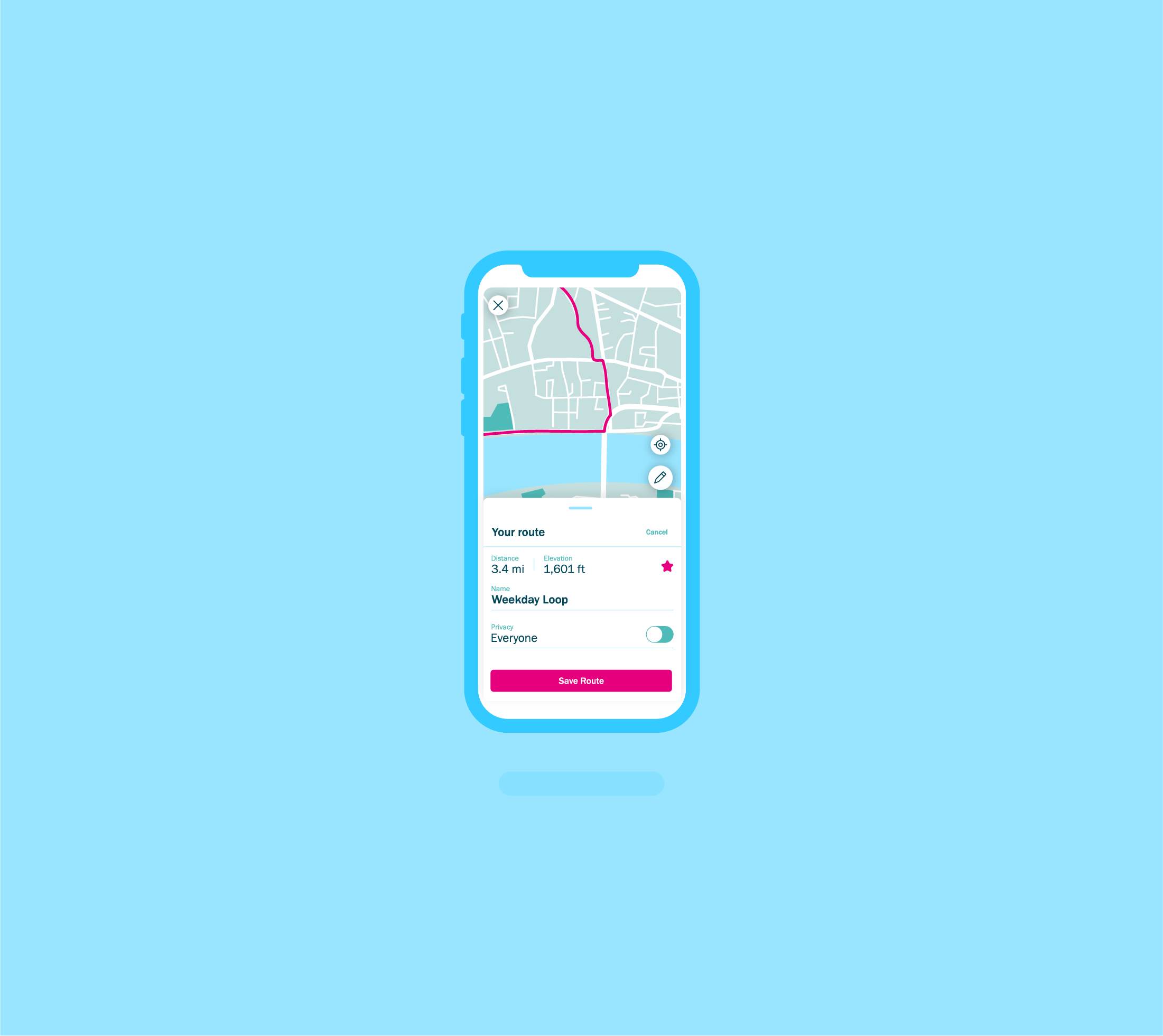So far this year I’ve spent
exactly 93 hours and 12 minutes running; I’ve covered a total of 714.3 miles and sweated my way up 33,107 feet of elevation.
And I don’t mean to brag but I’m something of a local legend after setting the fastest time EVER recorded on Willow Tree Avenue.
Well, perhaps ‘legend’ is pushing it.
Leading the field
I can be so sure of my athletic achievements (if we can call them that) thanks to Strava.
If you’re new to the fitness game, then Strava is
the social media platform for athletes.
Although it’s most popularly used for tracking running and cycling, the app takes a highly inclusive approach. It allows users to log almost all forms of exercise such as skiing (even distinguishing between alpine, backcountry, roller, and Nordic), canoeing, skating (again, both ice and inline) and yoga.
It’s also reached a point of critical mass where growth becomes almost inevitable. After launching in 2010 it took eight years before it reached one billion activity uploads. It then took just 18 months to add another billion. And in the last three months, it’s
added its third billion.
The latest figures have Strava at more than 50 million athletes worldwide, adding around a million users per month. And this doesn’t consider the likely uptick in users during the Covid-19 pandemic. From my own experience, I’ve seen multiple friends join Strava and use the app to log their daily exercise throughout lockdown.
Elite insight for amateur athletes
Critically, Strava isn’t just for the little people. The platform boasts a surprising number of professionals, all of whom you can follow which allows amateurs to compare results with their heroes.
Strava acts as a great leveller by giving users a data-led insight into the training regimes of the elite. We could watch
Egan Bernal as he prepared to win the 2019 Tour de France or follow
Annemiek van Vleuten on her brutal training regime (so far this year, she has hit more than 144,000 ft in elevation, the equivalent of going up Everest 15 times).
What really stands out about Strava is the total lack of toxicity that’s pervaded so many other social media platforms. Users give each other ‘kudos’ for their activities (the Strava equivalent of a ‘like’) and post supportive comments.
In over five years of using the app, I’ve never seen any form of trolling or abuse. The only negativity comes from people dissatisfied with their own performances (a common complaint in any athletic club) and even these are frequently accompanied by comments from friends and teammates with reassurances that we all have bad days, and that there is always another race to chase the elusive PB.
Is there a dark side?
It can’t be said the platform is without controversies – what good social media app is? There are the regular complaints about cheats, sadly where there’s competition you’ll always find people ready to break the rules.
Strava has always acted quickly: it can identify dodgy GPS data or inhuman feats of athleticism (bike rides logged as runs, personal records set during car journeys). And for those overly keen users, the
@StravaWankers twitter account provides a light-hearted rebuke.
Other issues have been minor, with the app most recently drawing complaints after moving some of its previously free features behind a paywall.
And some controversies have been frankly amusing, like the time Strava released a global heat map of activities and
inadvertently exposed the structures of several US military bases!
With an estimated 20 activities uploaded every second, Strava has become a cultural phenomenon, and it’s stock has never been higher. The term
‘Stravaing’ has even entered the lexicon (albeit via Urban Dictionary)!
So, whether you’re lacing up your running trainers, or oiling your bike chain, just remember to make sure you start your Strava, after all: if it’s not on Strava, it didn’t happen!

